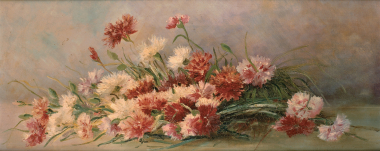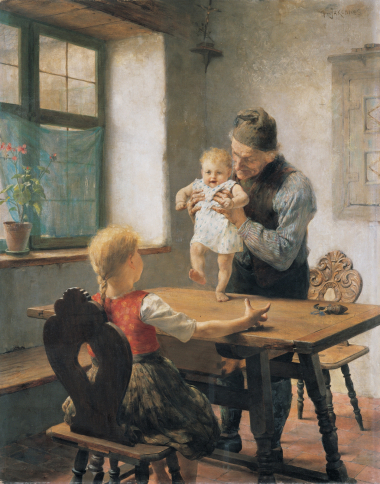Portrait of Queen Sofia, 1915


Iakovidis had the Portrait of Queen Sophia in his possession in the vain hope of selling it in order to solve his financial problems. We are told in the bibliography that he painted the Queen's portrait in 1917, as a commission from the War Ministry. Either the Ministry never took delivery of the portrait which it had ordered, and Iakovidis pre-dated for his own reasons, or the picture has nothing to do with that commission, and was a portrait which for unknown reasons never reached the Palace. In this picture, which was painted ten years after the Portrait of Pavlos Melas, Iakovidis attempted a more complex composition, introducing certain features which he believed would give the work a more modern form. Following the manner of depicting the figure known from earlier portraits, he allows the light - which comes from a specific direction - to bring out the face, the bust, and the sumptuous garments of the Queen. At the same time, by means of the opening on the left on to the balcony, the view of the Acropolis, and the violet gleams of the twilight, he has attempted, albeit by suggestion, to give a picture of the open air.






